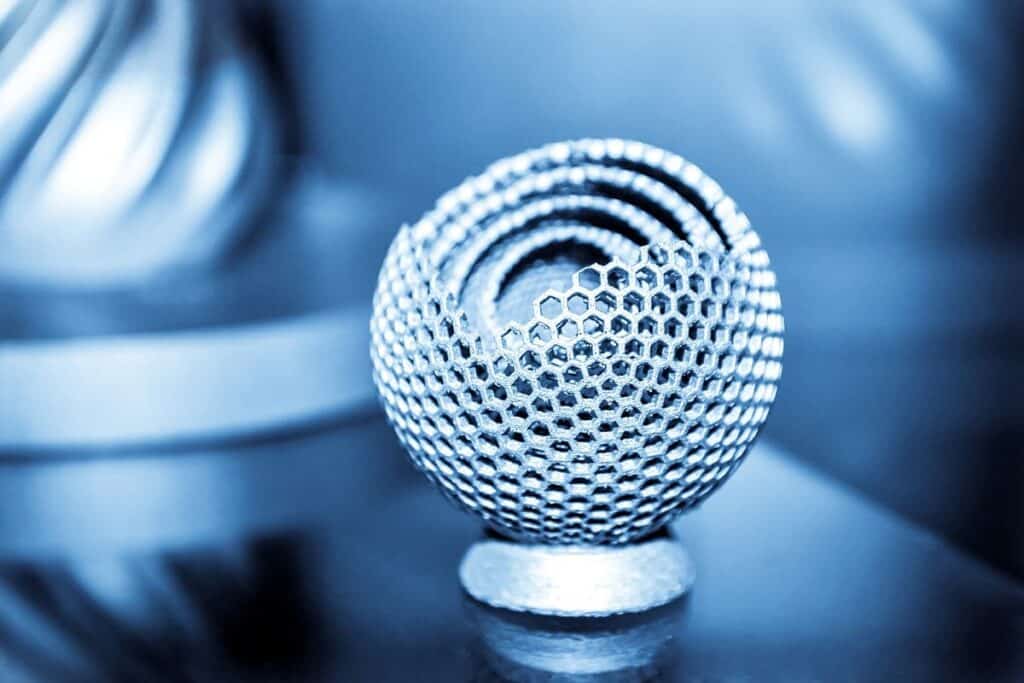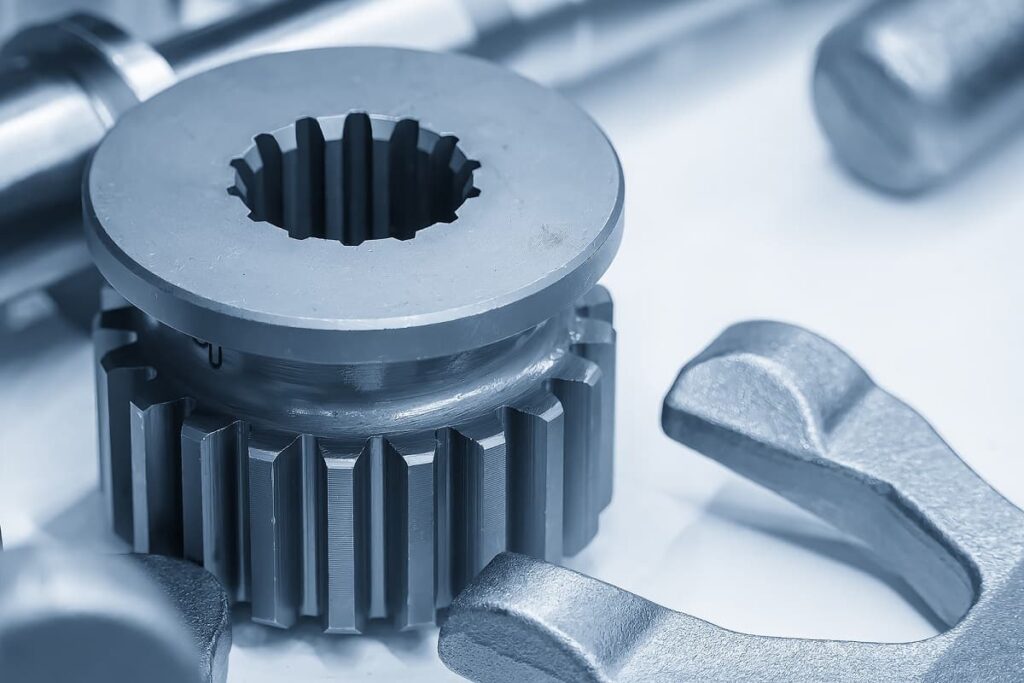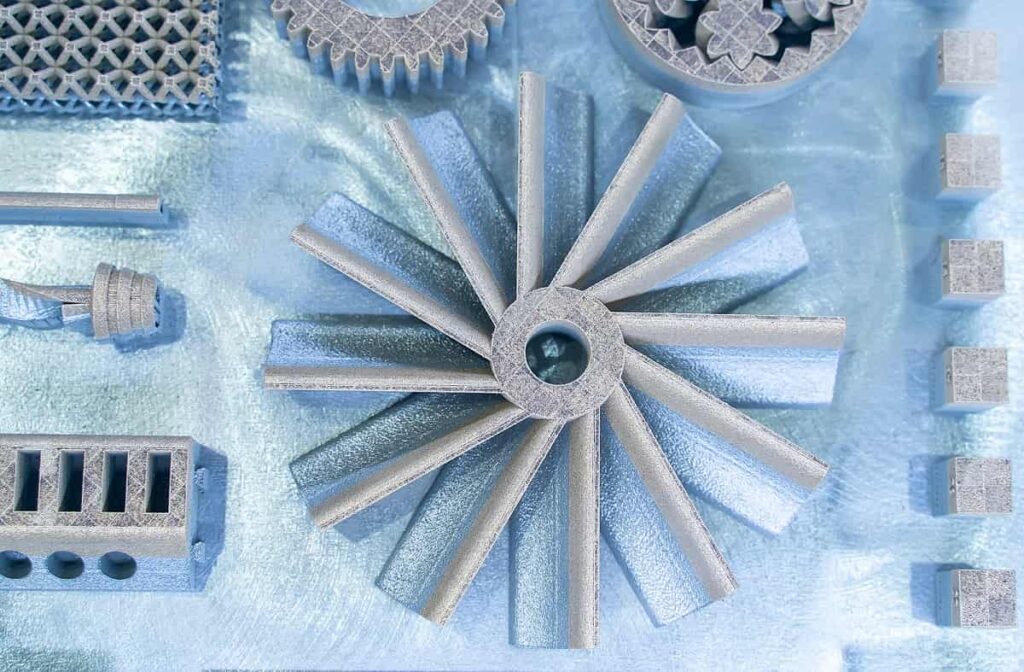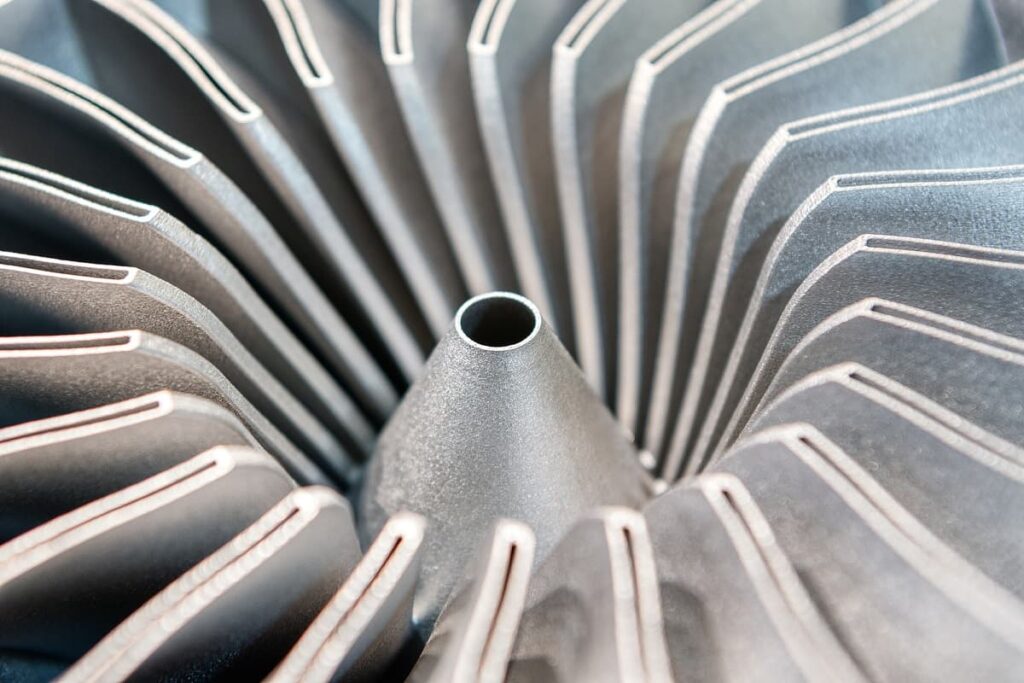Desktop Metal Stock: New and Improved – On Sale 50% Off
Table of contents

If we had to pick our best quality, it would probably be modesty. Unlike other pundits, you won’t hear us constantly flaunting our best calls. We almost never mention the fact that we sold our Ali Baba holding right before shares tanked because of risks we pointed out. That call we made on Palantir and their dependency on the government? We don’t talk about that much. The same holds true for our warning on Zymergen and Ginkgo Bioworks. And all the over-the-counter junk stocks we’ve called out over the years hardly merit a mention either. Regular readers know that our risk-averse approach to tech investing works, which is why we don’t need to talk about selling our Desktop Metal (DM) position at an average of $14.76 a share. Well actually, we do need to talk about that.
We’ve always thought Desktop Metal offered a compelling story long before they decided to go public using a special purpose acquisition company (SPAC). When the SPAC merger was announced, we bought shares in the company despite the fact that we’ve been warning about the dangers of SPACs for years now. Then, when prices doubled based on hype, we started selling shares. Finally, after adopting a new rule about not investing in SPACs that hadn’t completed their merger yet, we exited our entire DM position. In doing so, we broke one of our most important rules – don’t try and time the markets. Just because we made money on the trade doesn’t mean it was the right thing to do.
Of the 90 disruptive tech SPACs we’ve covered, just over one-third are trading at a 50% discount from their offering price, Desktop Metal being one of them.

Given the stock currently sits in our tech stock catalog as a “like,” we want to evaluate the company’s year-end results to see if that sentiment still holds true today.
Desktop Metal’s Acquisitions
In September of 2020, we wrote “the real value to be found is in Desktop Metal’s grand plan for consolidation within the metal 3D printing space.” That vision is one reason we like the company, and their consolidation effort was realized in 2021 after acquiring ten companies for total consideration of $1.11 billion, a spree that culminated with the purchase of key competitor ExOne.
| Company Name | Total Consideration (USD Millions) | Description |
| EnvisionTEC | $307.8 | Sells professional-grade 3D printers to the medical, professional and industrial markets. |
| Adaptive 3D | $61.8 | Offers additive manufacturing polymer resins and specialty polymers |
| Beacon Bio | $10.4 | 3D printing and biofabrication solutions for personalized medicine |
| Aerosint | $23.8 | Selective Powder Deposition – can 3D print multiple materials simultaneously |
| Dental Arts Labs | $37.0 | Provides high-performance dental restorations |
| A.I.D.R.O | $8.8 | Produces metal 3D printed products in the hydraulics sector |
| Meta Additive | $24.2 | Developing new binders for additive manufacturing |
| Brewer Dental | $9.4 | Makes fixed and removable dental prosthetics |
| May Dental | $15.0 | Unable to find company – likely involved in something dental-related |
| ExOne | $613.0 | Global leader in binder jet 3D printing of metal, sand, and ceramics |
The two biggest acquisitions above – ExOne and EnvisionTEC – didn’t come cheap with goodwill representing 61% and 64% of the purchase price respectively. As we’ve seen in the cannabis world, companies that want to make acquisitions in a hurry often pay exorbitant prices, and the accountants justify all that excess as “goodwill.” In the case of ExOne, we’re having a hard time understanding why such a premium was paid when the company hasn’t been able to grow their way out of a wet paper bag.

Desktop Metal recently announced their year-end results which beat expectations with 2021 revenues of $112.4 million. Just 14% of that number came from ExOne, while 66% came from all the acquisitions combined, though they haven’t sufficiently been audited yet. Once all the numbers are crunched, hopefully, they’ll define some reporting segments so we can see just where the revenue growth is coming from.
Desktop Metal’s management team has given investors a number of targets to pay attention to – 2022 revenues of $260 million (reaching $1 billion by 2025) and a focus on profitability. In 2021, Desktop Metal used cash in operating activities of $155.0 million, and ended the year with $269.6 million of cash. The amount of cash they’ve been burning has been a concern so it’s great to see management addressing that.
The P-50 Production Platform
We’re presently holding three 3D printing companies in our own tech stock portfolio and we’re not looking for a fourth. That being said, we need to evaluate Desktop Metal as either a stock we like or a stock we’re avoiding. Our original bull thesis surrounded their efforts to consolidate the fragmented metal 3D printing space and they appear to have made progress there. But somewhere along the way, we lost track of what made Desktop Metal attractive in the first place – the world’s biggest and fastest metal 3D printer.

That was a key talking point when we interviewed the company back in 2019, and here’s what they told us:
Two major customers have already purchased the Production System. One is a “very large Fortune 500” company that Myerberg declined to identify at this point. Nor could he specify the type of components that the customer is manufacturing in its factory. The other is a company based in India called Indo-MIM that is one of the world’s biggest metal injection molding manufacturers.
Nanalyze phone interview with DM CTO in December 2019
Fast forward to today and the first sale of the P-50 was just announced to Stanley Black & Decker. We can probably assume this represents a different generation of the original platform which they spent four years and $100 million developing. In the year-end call, analysts pressed Desktop Metal executives for more information about what sort of sales we can expect to see from the P-50. For example:
So, how about just focus on the P-50? If memory is certainly correct, a year and a half ago, when you guys first came out, you talked about 84 reservations about machine or some number like that. I’m just curious, could you give us an update on kind of where you are with backlog and visibility on the P-50 and perhaps on how many more machines you are going to ship this year?
DM Q4-2021 earnings call transcript from Seeking Alpha
The company’s answer was vague and emphasized how they’re increasing manufacturing capacity to meet demand. Throughout the call, they seemed evasive when answering P-50 questions. At one point during the call, the Chairman and CEO Ric Fulop made the following remark:
So, I’m very happy with the demand for the product. I’m very happy with the internal plans, but we are going to do it in a judicious way so that we get happy customers on the other side.
DM Q4-2021 earnings call transcript from Seeking Alpha
We get the feeling that the initial rollout of the Production System had some major problems and that Desktop Metal needed to go back to the drawing board and develop a second or third generation product which is now available to customers. That theory can be further supported by Mr. Fulop’s comment to Forbes in Jan 2019 regarding their Series E round, “we are funded through cash-flow breakeven.” Perhaps there were lofty expectations at that time which have since been grounded in reality. Nonetheless, it remains to be seen if the Production System P-50 printer that we heard so much about lives up to expectations.
Liking Desktop Metal Stock
In January 2019, Desktop Metal raised $160 million from institutional investors at a valuation of $1.3 billion. At that time, the company didn’t have their grand aspirations for consolidating the industry. Today, the company is valued at $1.56 billion and they’ve spent $1.1 billion in total consideration to acquire ten companies. The end result is an entirely different value proposition than what it started out to be, albeit one that’s more fairly valued. If we analyze Desktop Metal’s Q4-2021 revenues of $56.7 million, we get $226.8 million annualized which gives us a simple valuation ratio of around 7 (it used to be over 100). We would hardly consider that overvalued, and it’s roughly in line with other 3D printing companies we’ve covered such as Markforged (7.5) and Xometry (7).
If the P-50 fails to become the success story everyone expected, then what would they be had they not acquired ten companies? Just another failed company that pivoted. Management has a master plan that requires investors to trust their ability to execute. In the meantime, we’ll revisit the company once the following additional information is made available:
- More color around the success or failure of the P-50
- A breakdown of revenues by type – printer sales vs. Desktop Health vs. Desktop Labs
- A consolidation and complete audit of all acquired companies
Lastly, investors need to pay attention to dilution. Prior to executing the SPAC, existing DM shareholders held 183 million shares outstanding. Another 63.1 million shares were issued during the SPAC, and then another 64.9 million shares issued during the rapid acquisition spree, with the end result being 311 million shares outstanding.
Conclusion
SPACs have limited information to begin with. After raising boatloads of cash, some like Desktop Metal go on rapid acquisition sprees. The end result is that what the SPAC started out as is nothing like what it ends up to be. In order to understand what Desktop Metal has become, the company needs to segment their revenues and start providing investors with some granularity in financial reports. Additionally, they need to provide color on the success of their flagship P-50 platform which analysts seem to be craving.
Sign up to our newsletter to get more of our great research delivered straight to your inbox!
Nanalyze Weekly includes useful insights written by our team of underpaid MBAs, research on new disruptive technology stocks flying under the radar, and summaries of our recent research. Always 100% free.















To me Velo3D (VLD) looks more interesting ..
If you were to invest in one of these 2 stocks: DM or VLD: which one would you pick ?
We plan to write a piece on Velo3D – and/or a broader piece on all metal 3D printing stocks – soon so stay tuned.
I own both